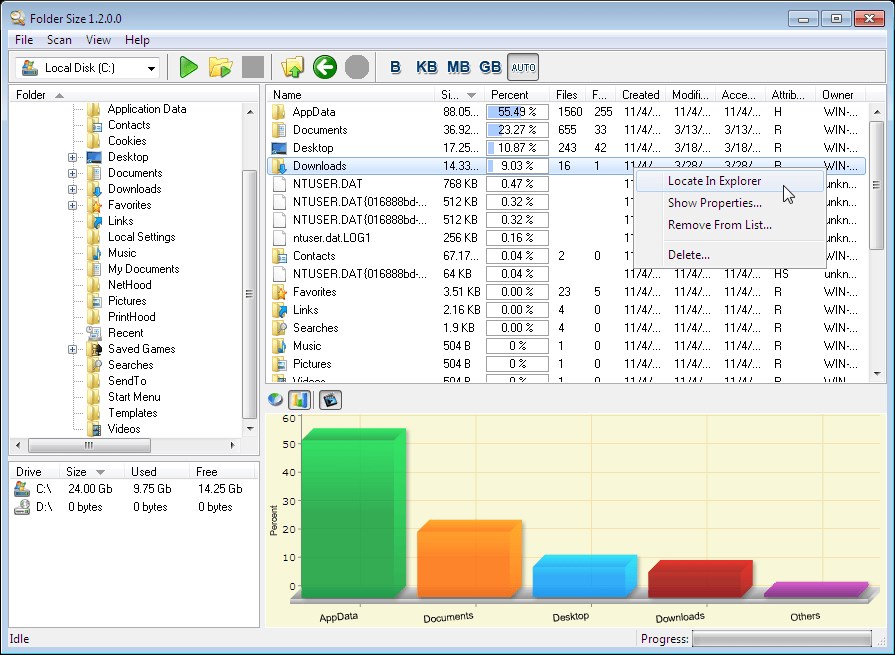
The greater than and less than symbols serve as pointer arrows of sorts, indicating which file the difference originated from in relation to the order presented in the original command syntax.ĭiff is quite powerful, you can also use diff to compare two directory contents, which can be helpful for verifying backups or file changes or file integrity. $ diff -w /etc/hosts ~/Downloads/BlockEverythingHosts.txt Sample output may look something like the following: And of course you can use a full path to the files to compare as well if need be, for example to compare an edited hosts file with another version elsewhere:ĭiff -w /etc/hosts ~/Downloads/BlockEverythingHosts.txt The -w flag can be handy for plain text files because it tells diff to ignore white space when comparing files. The basic syntax for diff at the command line is as follows:įor example, if in the present directory we want to compare bash.txt and bash2.txt, the syntax would look like the following: The diff is a command line tool, thus you must first launch the Terminal app, found in /Applicaitons/Utilities/ and then you’re ready to begin.
#Compare folders with terminal how to
How to Use Diff to Compare Files at the Command Line

If need be you can always make a copy of the file and convert it to plain text via the textutil command line tool on the Mac, or even by using TextEdit.

The diff command is available by default on the Mac, and it works the same in Linux and other unix operating systems as well, just in care you were wondering, and for Windows users it’s quite similar to how the ‘fc’ file compare tool works.įor best results you’ll want to be working with plain text files of some sort and not rich text.


 0 kommentar(er)
0 kommentar(er)
